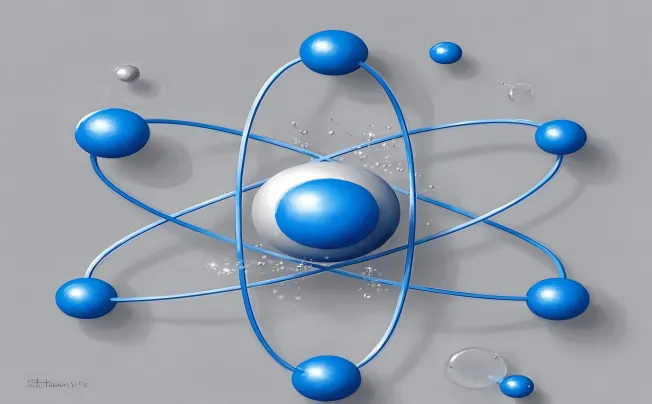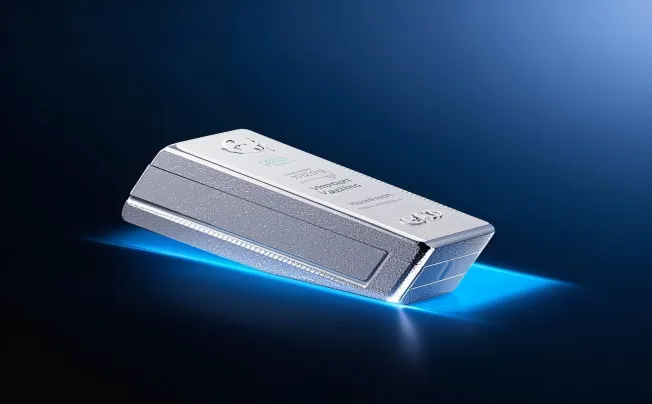How to remove oil on the surface of titanium rod?
There are many ways to remove oil from the surface of titanium rods. For example, when the workpiece is too large and you want to deal with local coating or oil-free equipment, you can use brushing to remove oil. When using a scrubber to remove oil, you can use a brush or rag dipped in metal detergents such as lime slurry, magnesium oxide, cement, soap liquid, tile ash, and plant ash. The active agent or decontamination powder on the surface If you brush it back and forth several times, the oil can be completely removed.
The drum degreasing process of titanium rod processing is to put small parts with simple shapes, such as standard parts, etc., together with sawdust, honey locust and weak alkaline solution into the drum, seal it, and perform rolling degreasing at a speed of 60~100r/mhi. . Ultrasonic cleaning uses so-called ultrasonic waves of high-frequency sound waves above 16 kHz (which exceeds the frequency perceived by the human ear) to clean and remove oil.

When ultrasonic waves are emitted into the liquid, a decompression force is generated at a certain moment, and a compressive force is generated at the next moment, and so on. When decompression occurs, a vacuum space will appear in the solution, and solution vapor (water vapor, degreaser vapor) and dissolved gases in the solution will enter the solution to form bubbles. The moment after the bubbles are generated, due to the action of compression force, the bubbles are crushed and scattered to generate a shock wave. This shock wave can cause oil stains on the surface of the workpiece to break away from the workpiece.
When the bubbles are destroyed, they can produce high temperatures of thousands of degrees and pressures of hundreds of thousands of kilopascals. Ultrasonic cleaning uses the destructive effect of shock waves on the oil film and the intense stirring effect caused by the cavity phenomenon. The sound pressure generated by the reflection of ultrasonic waves is also the reason why the solution is stirred.
The ultrasonic generating device consists of an oscillator and a vibrator (referred to as a vibrator). There are two types of vibrators: the input type and the external type. When using the throwing method, the vibrator should be placed in a very effective part of the slot. When the workpiece is small, a higher frequency is used, and when the workpiece is large, the frequency is lower, generally around 30kHz.
Ultrasonic waves can be used for solvent degreasing, electrolytic degreasing, chemical degreasing and pickling, which can greatly improve their efficiency. The disadvantage is that it propagates in a straight line and is difficult to reach the covered part. Therefore, the workpiece should be rotated or turned over in the groove.
When using a mesh basket to remove oil, the mesh is small, which has a great shielding effect on Zhao sound waves and causes severe strength attenuation; the mesh is large, and parts are easily missed. At this time, it is advisable to use the bottom irradiation method, that is, use a 0.1 to 0.4cm non-porous thin plate as the bottom plate, so that the ultrasonic waves can pass through the bottom plate and reach the Q on the workpiece. When the temperature is too high, too many bubbles will be generated, which will hinder the propagation of ultrasonic waves.
For pure water, the best washing ability is achieved at 501. For degreasing fluids of different compositions, experiments should be conducted to find the optimal temperature.








